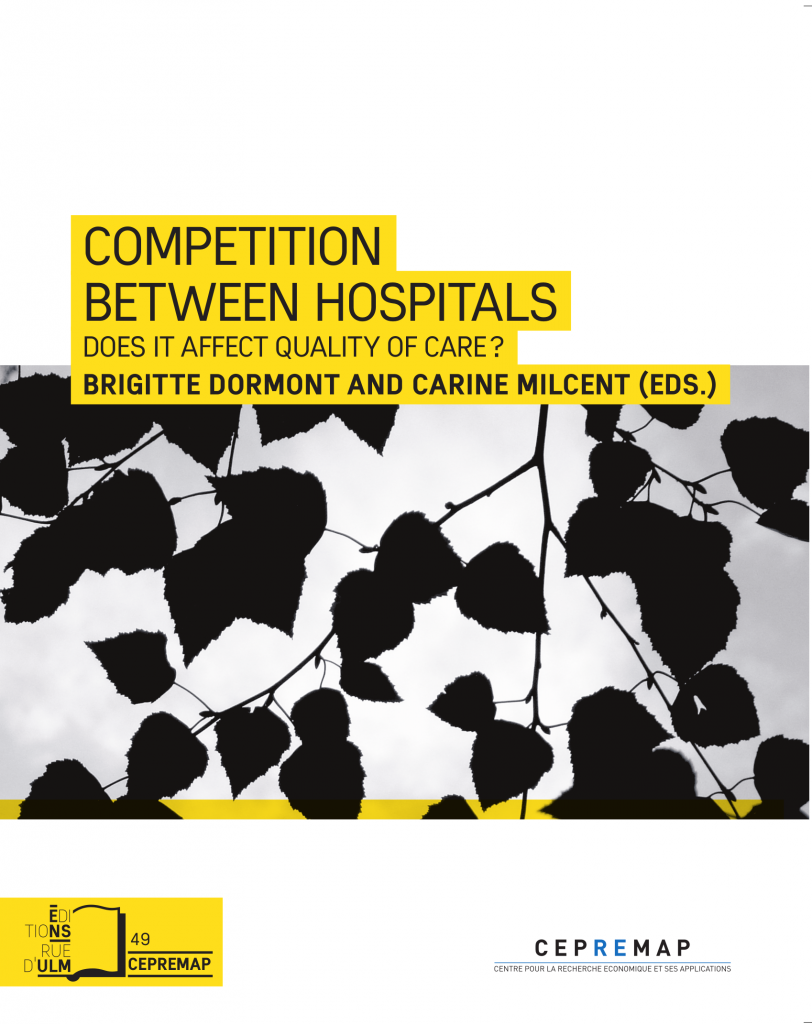Pita Barros P. and Magnussen J.
Pages 199-218

Introduction
The chapters of this volume address issues of hospital competition and share the feature of addressing quality competition under fixed (prospective) prices. From a theory point of view, the chapters take the final stage of a more complete game, in which prices are determined by regulation in an earlier stage and quality decisions follow. For empirical work, it is necessary to condition decisions on the prices and pricing rules of previous stages (unspecified in the chapters). It requires that quality be observable to the crucial decision maker. A first point of clarification is whether the crucial decision maker for hospital competition in quality is the patient or the physician. Certain dimensions of quality may be observed by the patient, such as amenities and single vs. double room during admission, although that may tell little about clinical quality. On the other hand, physicians may focus too much on quality and forget about details that make the patient journey less problematic (being treated by the first name instead of being known by the room number, for example). The exact dimensions of quality that are subject to competition between hospitals may or may not be easier to change than regulated prices. The implicit larger sequential game requires, for consistency, that quality is changed more often than regulated prices. This may, or may not, be the case, according to the procedures that set the regulated prices and the dimensions of quality considered. Quality associated with the design of the hospital is certainly less easy to change than regulated prices. 046-Livre.indb 199 22/10/18 11:49 200 We organized the discussion on a paper-by-paper basis, starting with the (selective) review of the theoretical literature, and then moving to the empirical papers.